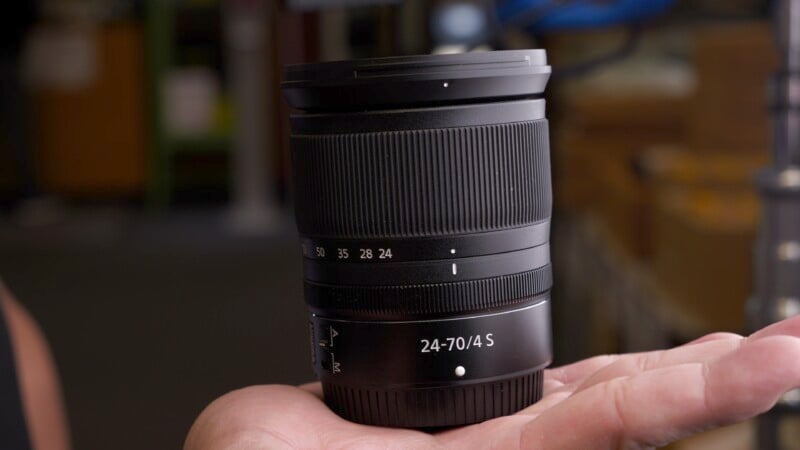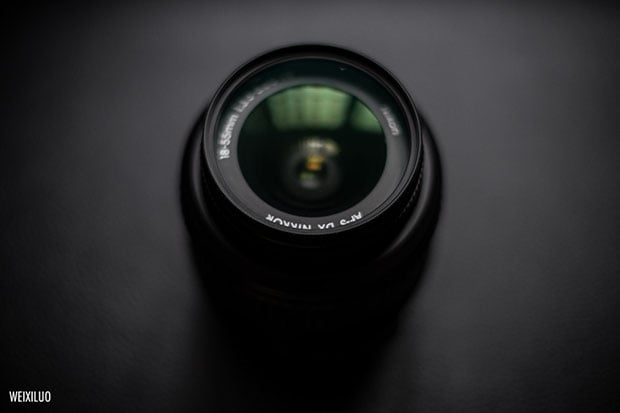Best Kit Lenses of All Time: My Five Favorites
We all have to start somewhere. For most of us, that means a basic DSLR or mirrorless camera kit with a compact, handy general-purpose zoom lens. Undoubtedly, we can’t wait to ditch our basic kit lens for something faster or more versatile. A kit lens is something we feel we need to graduate from to call ourselves an accomplished photographer. But is that really the case? Maybe the humble kit lens has more to offer than we think, so today we will look at our five favorite kit lenses of all time.
Panasonic 20mm Lumix G f/1.7

Panasonic easily makes some of the best kit lenses ever and largely go unsung for this remarkable accomplishment. One of my favorites came with the Panasonic Micro Four Thirds cameras like the GF and GX series. Sadly, the GF and GX cameras are no more, but the 20mm lives on in an updated version II today. The Panasonic 20mm f/1.7 hearkened back to the days when a camera came with a cheap and fast 50mm — 40mm equivalent in this case — lens as your first foray into photography. The nifty 20mm gives the same fun experience but because of the MFT platform, it is positively tiny. It’s also quite sharp and even when a zoom makes more sense, the 20mm still deserves a place in your camera bag.
Nikon Nikkor Z 24-70mm f/4

Mirrorless camera technology promised lenses that were optically exquisite while also being lighter than ever. The Nikon Z6 and Z7 made a big splash when they first debuted, and a big part of that was the excellent 24-70mm f/4 coupled with each body. It was sharp, compact, and well corrected, and only added a few hundred dollars over the cost of a body alone.
The f/4 aperture isn’t that much of a detriment given the use of modern IBIS systems and better high ISO performance. It’s a great example of a kit lens that doesn’t ever need to be replaced, allowing money to be spent towards more exotic focal lengths.
Panasonic-Leica DG Vario 12-60mm f/2.8-4

Another Panasonic kit lens, sort of. The partnership with Leica AG bore a lot of fruit over the years for Panasonic. One of the best collaborations is the DG Vario 12-60mm. Even though the aperture is a variable one, it’s a fast aperture however you look at it. The 12-60mm delivers famed Leica sharpness and optical quality, and the lens has an insanely close macro function as well.
It is a versatile Micro Four Thirds lens with an expansive focal range, and I’m sad every day that I accidentally drove over my copy with a truck. The Olympus body it was attached to survived, but the lens itself split into two. I bet it is still sharper than most kit lenses, even in its sorry state.
Fujifilm Fujinon XF 18-55mm f/2.8-4 R LM OIS

Fujifilm has enjoyed resounding success over the years with its excellent line of vintage-inspired cameras. However, a huge part of that success is thanks to the 18-55mm f/2.8-4 kit lens. While everyone else was kitting cameras with cheap and unrefined kit lenses (here’s looking at you, Sony) Fujifilm provided its users with a fast and excellent general zoom.
I recently tested this venerable lens against modern contemporaries like the Sigma 18-50mm and the Fujifilm surprisingly held its own, even though it’s approaching its 12th birthday. It may be time to make an updated version but when the old lens still performs as well as it does and provides image stabilization with a decently fast aperture, you can see how the 18-55mm deserves legendary status.
Canon EF 24-105mm f/4 L IS

Speaking of legendary lenses, the Canon EF 24-105 f/4 L started it all. First released with the Canon 5D Mark II, the 24-105mm gave L series quality without breaking the bank. It also showed that a 24-70mm focal range didn’t have to be the default choice for professional photography. The 24-105mm may have a slower f/4 aperture but it trades that for a versatile focal range on a full-frame body. The lens represented good value even at its full retail price, but when kitted with the Canon DSLRs it was practically being given away.
Indeed, many photographers who already had 24-70 f/2.8 L lenses would still go for the package so that they had a handy 24-105mm for travel, or to sell on the open market for a profit. The addition of image stabilization on the 24-105mm helped it punch above its weight in low-light situations and it was still built to the exacting standards that all Canon L lenses were. It’s no coincidence that other manufacturers quickly started following suit once the success of the Canon 24-105mm f/4 became apparent.
No Need to Upgrade
There are plenty of kit lenses that are merely stop-gaps until you’re ready for something better. Sometimes, what you already have is all you ever need, and there are some real gems in the photography world. These five lenses are some of my favorites, but make no mistake, there are lots of great kit lenses out there worth looking at. Chances are you already own some yourself.



